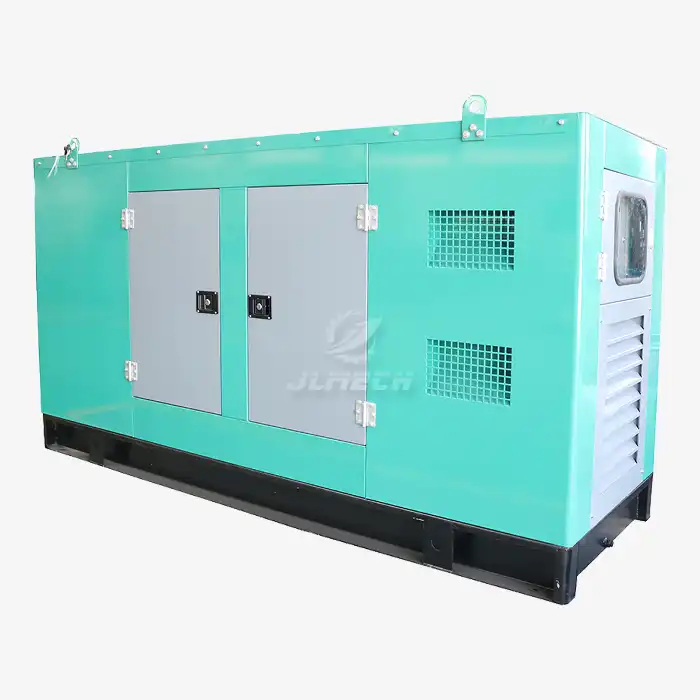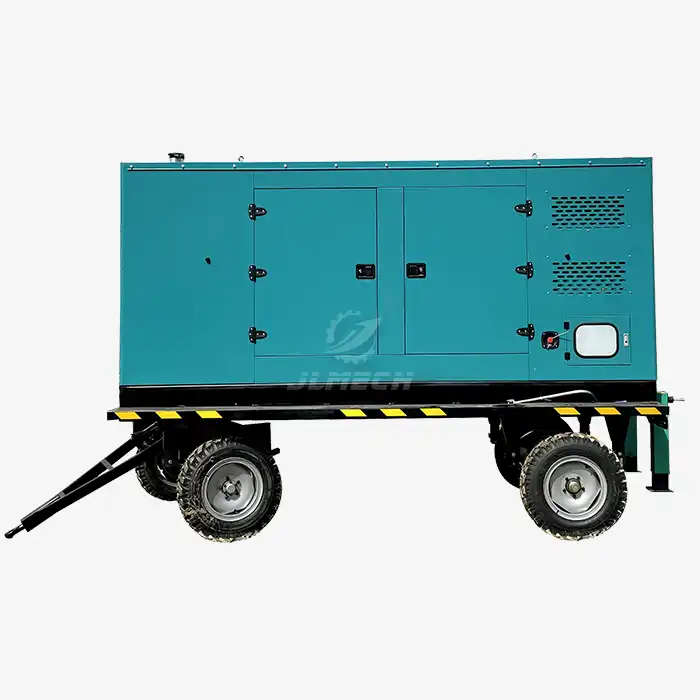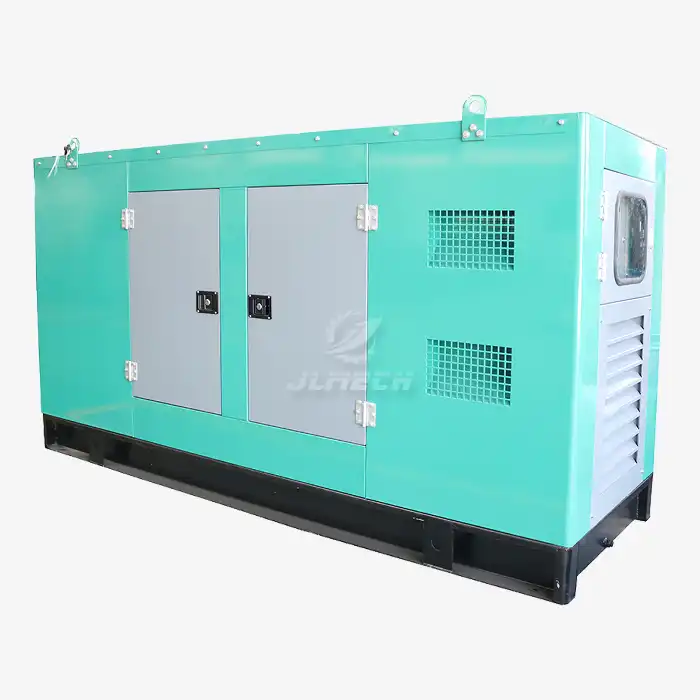Which is better, a single-phase or a three-phase generator?
When planning your power supply strategy, one of the most fundamental decisions you'll face is choosing between a single-phase and a three-phase generator. This choice isn't about one being universally "better" than the other, but rather about which system is perfectly suited to your specific electrical needs. Understanding the core difference between single phase and three phase generator systems is crucial for making an informed investment that ensures operational efficiency, cost-effectiveness, and reliability for your home, business, or industrial application.

Fundamental Differences
At its core, the distinction lies in how they generate and deliver electrical power.
Single-Phase Generator: Produces a single alternating current (AC) waveform, typically using a two-wire system (one "hot" wire and one neutral) . It's the common choice for residential settings, providing voltage usually at 120/240V .
Three-Phase Generator: Produces three concurrent AC waveforms, each peaking at a different time and spaced 120 degrees apart . This power is delivered through a three or four-wire system (three "hot" wires and often a neutral) , with common voltages like 120/208V or 277/480V.
The most significant difference between single phase and three phase generator units is the consistency of power delivery. Single-phase power is pulsating, meaning its power delivery drops to zero three times during each cycle . In contrast, three-phase power delivery is relatively constant, as the total power remains stable at any given moment because when one phase's power is low, another is near its peak . This results in a smoother and more continuous transfer of energy.
Power Output and Performance
The way these generators deliver power directly impacts their performance and suitability for different tasks.
Power Capacity: Three-phase generators are inherently capable of handling higher power loads more efficiently. For the same physical size, a three-phase generator or motor can have a rated power about 150% that of a comparable single-phase unit .
Motor Performance: Three-phase motors are self-starting, generally more efficient, have a higher power factor, and provide more consistent torque because of the rotating magnetic field produced by the three phases . Single-phase motors, often requiring additional components like a starting capacitor, can be less efficient and are typically used for lower power applications .
Efficiency and Material Use
Three-phase systems hold a clear advantage in efficiency and material economy, especially at larger scales.
Electrical Efficiency: Three-phase motors are generally more efficient than single-phase motors . This higher efficiency means less energy is wasted as heat, leading to lower operating costs over time.
Conductor Efficiency: For transmitting the same amount of power, a three-phase system uses less conducting material. A single-phase system may require up to 33% more conducting material in its wires to handle the same power load as a three-phase system while experiencing equal power loss . A three-phase system can transmit up to 73% more power while using only 50% more wire compared to a single-phase system .
Typical Applications
Your specific application is the most important factor in determining the right generator type.
Single-Phase Generator Applications:
- Ideal for: Homes, small businesses, and retail shops .
- Powers: Lighting, household appliances (refrigerators, air conditioners), computers, and other low-to-moderate power (loads) commonly found in residential and light commercial settings .
Three-Phase Generator Applications:
- Ideal for: Industrial plants, large commercial buildings, data centers, and manufacturing facilities .
- Powers: Heavy-duty machinery, large motors, industrial pumps, compressors, and other high-power equipment that benefits from the stable torque and efficiency of three-phase motors .
Cost Implications
The cost considerations extend beyond the initial purchase price.
Initial Cost: Single-phase generators and their associated switchgear are often less expensive and simpler to install for small-scale applications.
Long-Term Value and Operating Cost: While sometimes having a higher upfront cost, three-phase generators can offer significant long-term savings in industrial settings due to their superior electrical efficiency and reduced material requirements for wiring over long distances . Converting from an existing single-phase installation to a three-phase system can be costly .
How to Make the Right Choice
Selecting the correct generator type requires a careful assessment of your current and future needs. To make the right choice, you need to understand the practical difference between single phase and three phase generator systems in a real-world context.
Audit Your Electrical Load: List all equipment and machinery that need power. Identify their phase requirement (single or three-phase), starting and running wattage.
Consider Starting Currents: Motors draw significantly more current when starting. A three-phase generator handles large motor starts better due to its constant power nature.
Plan for the Future: Consider potential business expansion or additional equipment. A three-phase generator might be necessary if you anticipate adding large industrial machines.
Consult a Professional: It's highly recommended to work with an electrician or generator specialist. They can perform a detailed load analysis and recommend the most cost-effective and future-proof solution for your specific situation.
Conclusion
There is no one-size-fits-all answer. The best generator for you depends entirely on your power requirements.
Choose a single-phase generator if your needs are primarily residential or for a small business with standard appliances and lighting, where the electrical demands are relatively low and the infrastructure is designed for single-phase power.
Choose a three-phase generator if you are powering an industrial facility, a large commercial property, or any operation that relies heavily on large electric motors and heavy machinery, where efficiency, power stability, and the ability to handle high loads are critical.
Investing in the right generator type from the start ensures optimal performance, protects your connected equipment, and provides the best return on your investment. This clear understanding of the difference between single phase and three phase generator systems will guide you toward a confident decision.
Our team of experts is here to help you analyze your power requirements and select the perfect generator for your specific application. For a personalized consultation, please contact us at skala@whjlmech.com.
References
- International Organization for Standardization. (2018). Reciprocating internal combustion engine driven generating sets — Part 1: Application, ratings and performance (ISO 8528-1:2018).
- Generator Manufacturers Association. (2021). Guidelines for Rating and Application of Generator Sets. GMA Technical Publication TP-101.
- National Fire Protection Association. (2020). Standard for Emergency and Standby Power Systems (NFPA 110).











